Understanding Control Relays: Types, Functions, and Applications
About Control Relay
A control relay is known as a Relay, is a switch, an electromagnetic switch. A control relay allows electrical current to flow through a conducting coil that opens or closes a switch. It also protects the circuit current. With a control relay, users do not need to manually turn the switch to isolate or change the state of an electric circuit. Currently, control relays play a crucial role in today’s electronic devices. They are electronic parts that power electronic parts such as motors, power plants, power supply systems, transistors, and many more. In this article, we will discuss all control relays, from how they work to what they are used for.
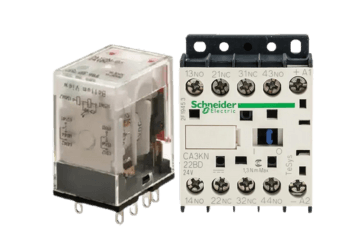

Understanding Contact Type of a Relay
Every Control Relay has a Contact type such as SPST-NO but what does it mean?
Poles represent the number of circuits controlled by a switch. Throws represent the number of positions the switch can adopt.
- Single Pole Single Throw (SPST) has two terminals that can be connected and disconnected. Including two for the coil, such a relay has four terminals in total. Single Pole Double Throw, SPDT, has a common terminal that connects either one of two others. Including two for the coil, this relay has five terminals in total. Regardless of whether the coil is active or inactive, either ‘A’ or ‘B’ is always resting while the other needs to be the coil to be powered.
- Double Pole Single Throw (DPST) is equal to two SPST activated by a single coil. Including two for the coil, this relay has 6 terminals in total. Double Pole Double Throw, DPDT is equal to two SPDTs activated by a single coil. Including two for the coil, this relay has 8 terminals in total.
What Are the Parts of an Control Relay?
All control relays come with the following components:
- Mechanically movable contact
- Electromagnet
- Spring
- Switching points
You can make an electromagnet by winding a copper coil on any metal core. The two ends of the copper coil will be connected to the two pins of the relay. Generally, relays have three contact points, also known as switching points. The contacts are known as normally open (NO), common (COM), and normally close (NC) contacts.
A relay can be used in AC as well as DC circuits.
Difference between Normally Open (NO) and Normally Closed (NC) contacts
NO contacts allow current when the relay is energized. This means when there is voltage, the contact closes and allows current to flow through. NC contacts allow current when the relay is not energized. Opposite to NO, NC contact opens and interrupts the current flow. *Change Over (CO) is the same as Double Throw (DT) relay.
Shop for Control Relays
ElectGo offers control relay products from various brands including ABB, OMRON, and SCHNEIDER ELECTRIC, WEIDMULLER. As an authorized distributor in Singapore, we are your trusted source for high-quality control relay products from these leading manufacturers.
Frequently Asked Questions (FAQs)
1. How do control relays work?
The main principle on which an electronic relay function is that of electromagnetic induction. When current passes through the electromagnet, a magnetic field is created around it. There is the use of a switch for applying direct current (DC) to the load. When there is the application of direct current (DC) in the coil, it attracts contact. This is known as energizing the relay and when there is the removal of the supply, the relay reaches back to its original position. This is called the de-energizing of the relay.
Interestingly, there are relays, where the contacts are initially closed. The circuit only opens when there is an electrical supply.
Solid state relays come with sensing elements for detecting the input voltage and switching the output with the use of a technique called Opto-coupling
2. What are control relay devices used for?
The main function of a control relay is to allow the flow of electric current through a conducting coil, which closes or opens a switch. It also plays a role in protecting the circuit from current surges. When there is a control relay in place, there is no need to operate the switch manually to change or isolate the state of the electric current.
Free Ebook - Introduction Guide to Relays and Contactors


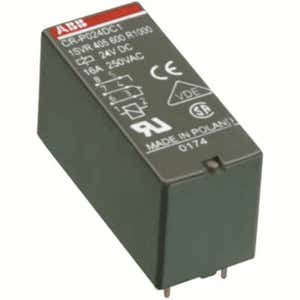
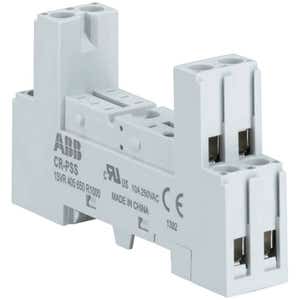
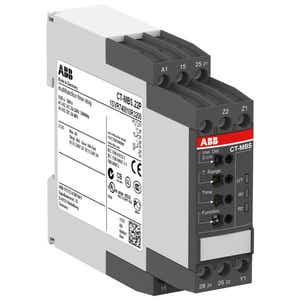
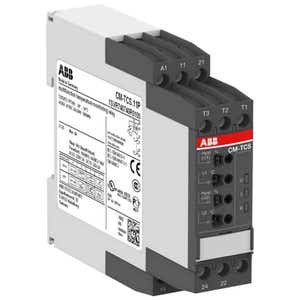
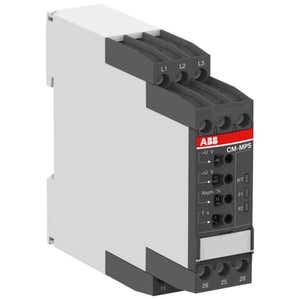
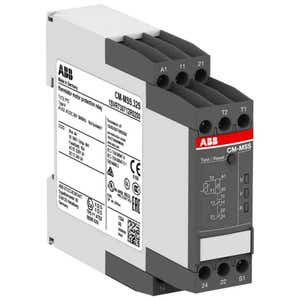
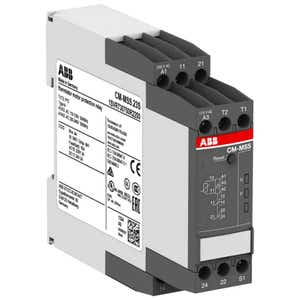
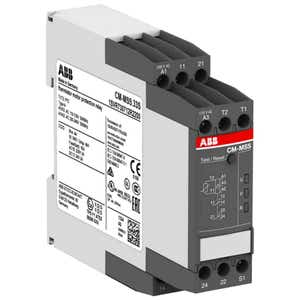

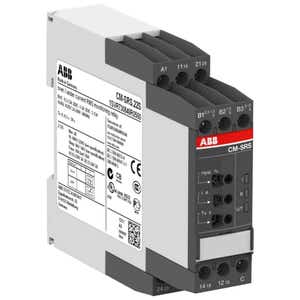
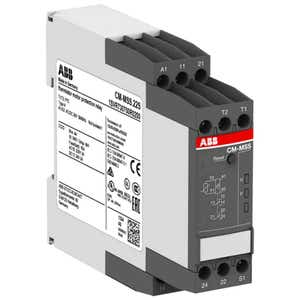
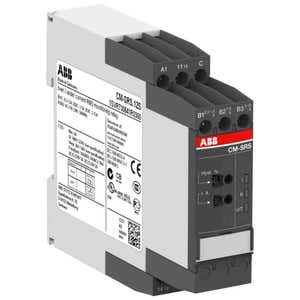
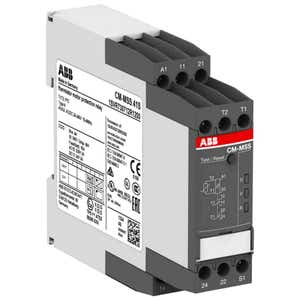

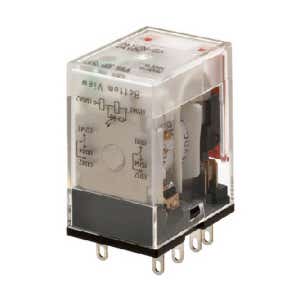

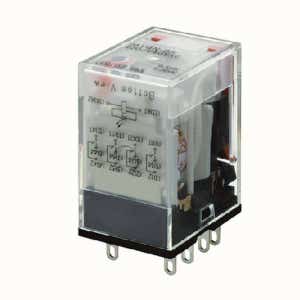
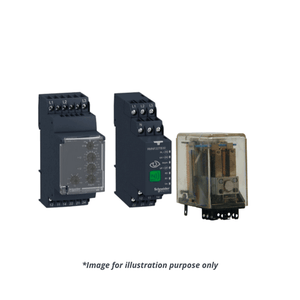

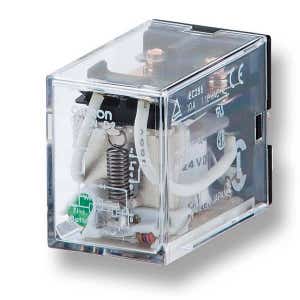
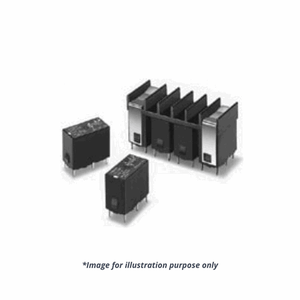


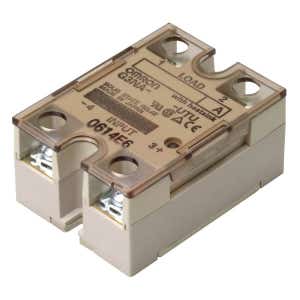
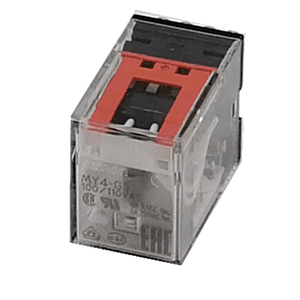
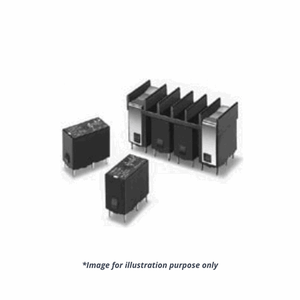


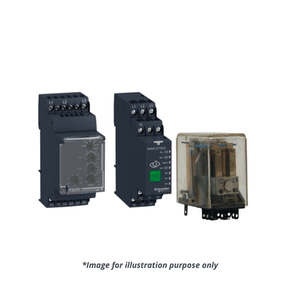
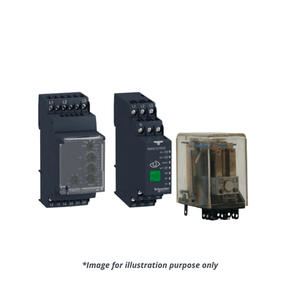
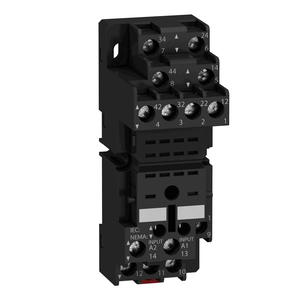
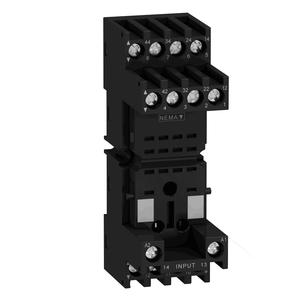
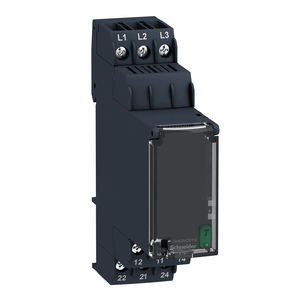
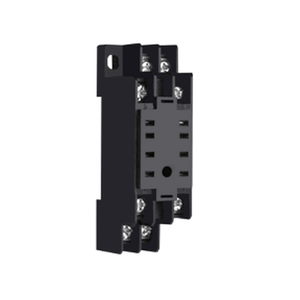
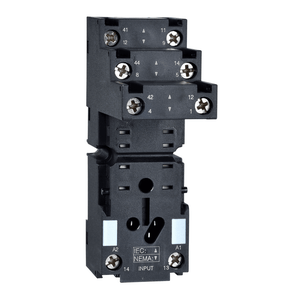

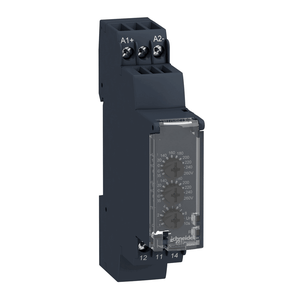
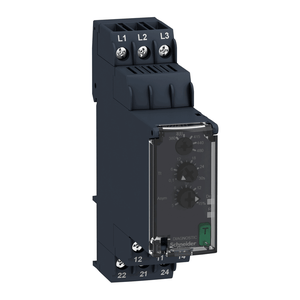
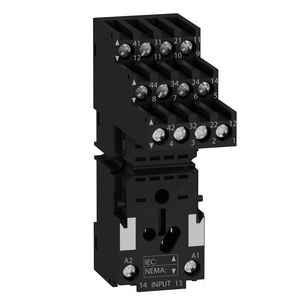
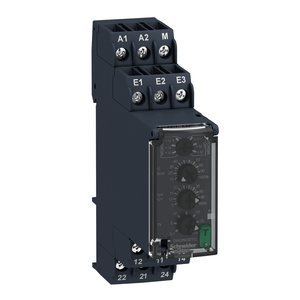
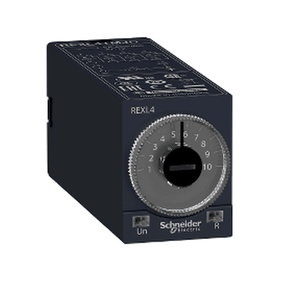
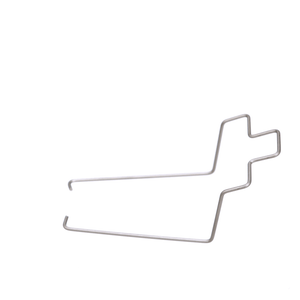
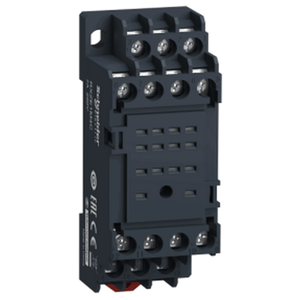
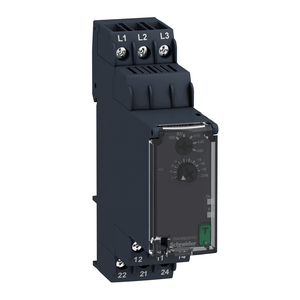
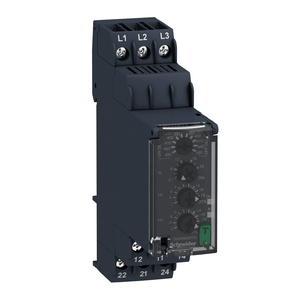
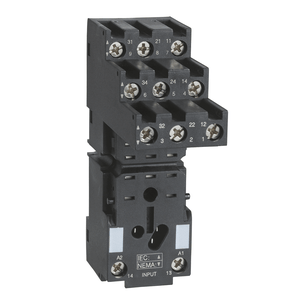
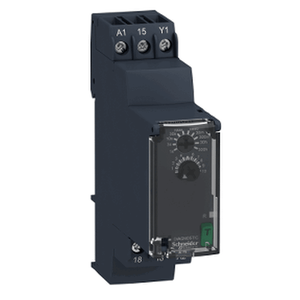
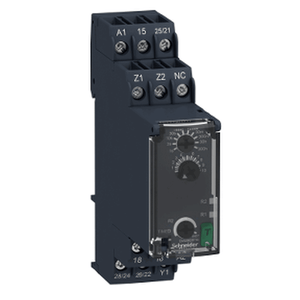
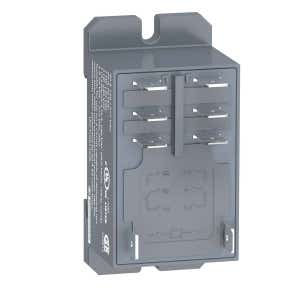

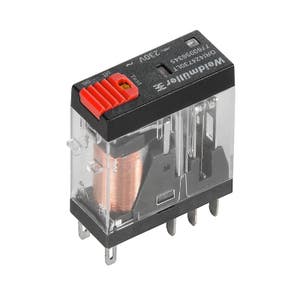
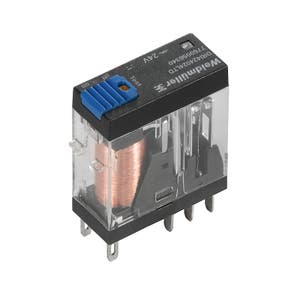

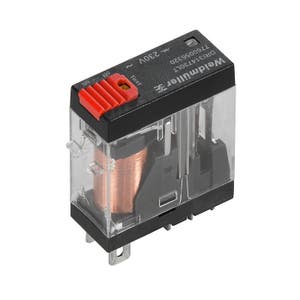
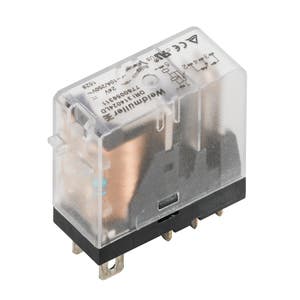
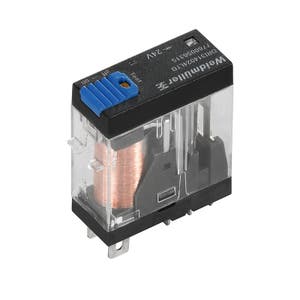

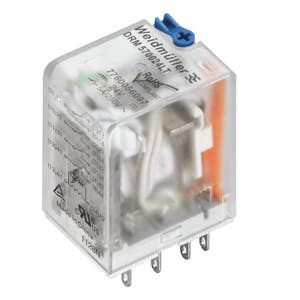
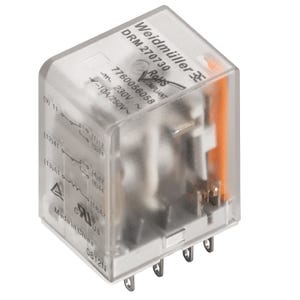

Share this article on social media